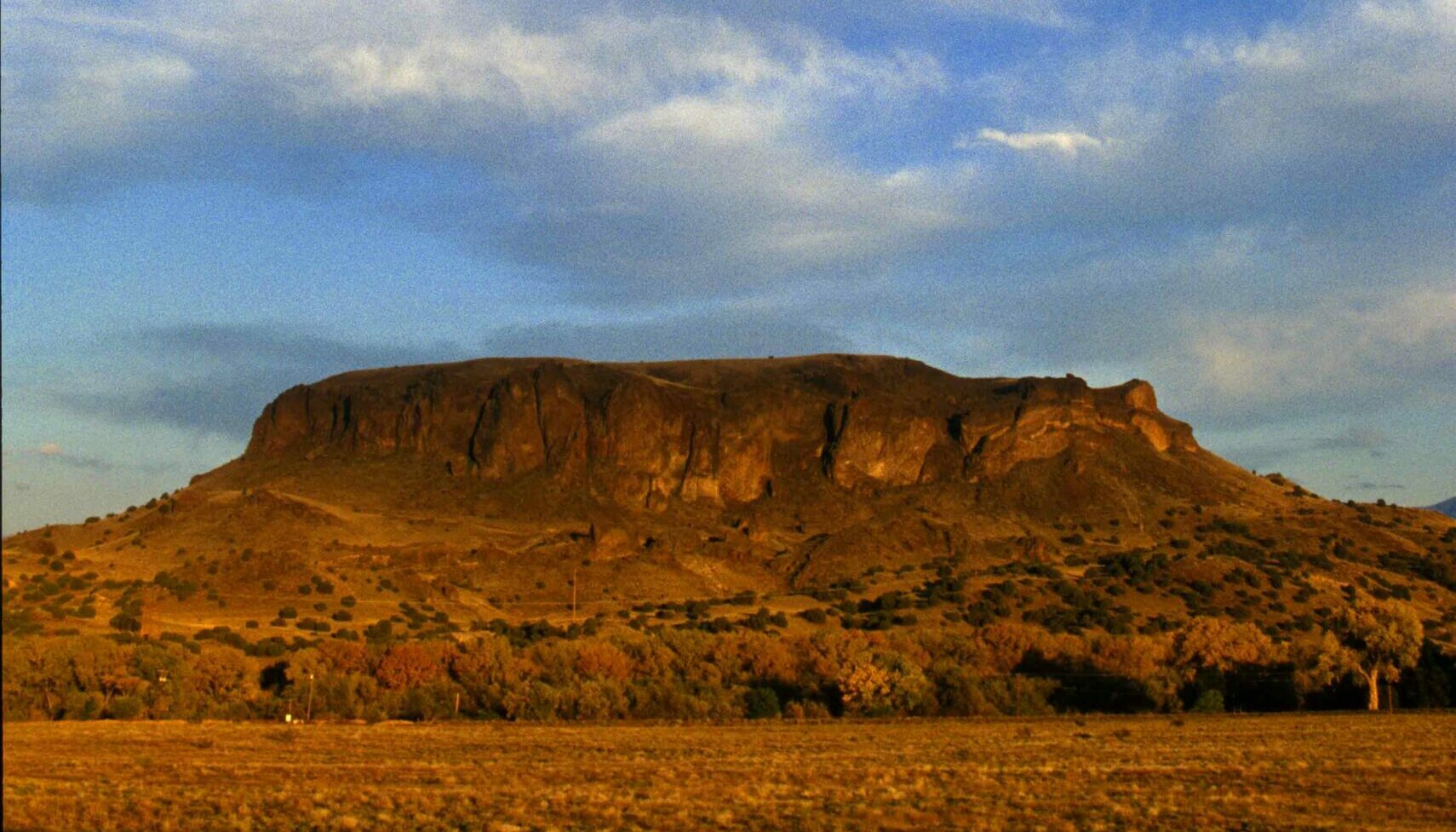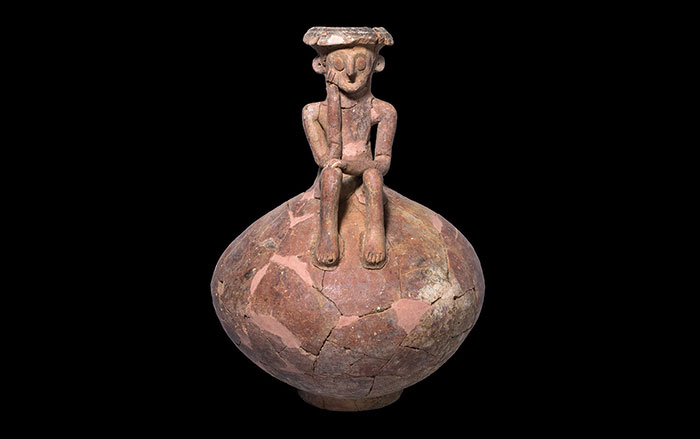
CANBERRA, AUSTRALIA—The Guardian reports that researchers led by Debbie Argue of Australian National University compared the bones of Homo floresiensis, also known as “The Hobbit,” to cranial, postcranial, mandibular, and dental samples of early hominids from several countries. It had been suggested that hobbits evolved from the much larger Homo erectus, which lived in the region, while isolated on the Indonesian island of Flores. But statistical analysis of the remains concluded that Homo erectus and Homo floresiensis had completely different bone structures. The new findings support the idea that the hobbits may have shared a common ancestor in Africa with Homo habilis. If this is the case, then perhaps Homo floresiensis evolved in Africa and then migrated, or perhaps the common ancestor migrated and evolved elsewhere. “Homo floresiensis occupied a very primitive position on the human evolutionary tree,” explained Mike Lee of Flinders University and the South Australian Museum. “We can be ninety-nine percent sure it’s not related to Homo erectus and nearly one-hundred percent it isn’t a malformed Homo sapiens.” For more, go to “A New Human Relative.”










